Back To The Question, What Is Loose Drawing?
As I write this, I notice certain adjectives repeating, fluidity being prime among them. What is this fluidity I speak of? I am tempted to say that I know it when I see it, but that would be unfair and unhelpful. First, I want to say that whether one is sketching loosely, or building a picture up slowly, and with precision, one approach isn’t better than another. There are many artists who build an image up by filling a page with small, solid mark making, and create works that I find beautiful. Looking at the end product I find it impossible to tell how they made the image, where they began and where they finished. Watching any skilled artist draw or paint is the closest I’ve found to watching a magic trick performed, seeing behind the curtain and knowing how it was done, and being even more amazed at how incredible the magician is. On the other hand, there are artists whose work you look at and what you experience is not only the finished drawing, but evidence of the journey. This is something I find very liberating, as if, because this master did this, it makes it an acceptable approach, and, I feel less alone in my own journey because I see the work of someone who has been down the same roads I’m traversing.
Fluidity, Sensuality, Expressiveness
Fluidity, in my mind is a sense of connectedness in a line, a feeling for roundness and an allowance for a bit of exaggeration, or lack of strict fidelity to a subject, while retaining enough of the subject to suggest, rather than define. Another term I feel is relevant is sensuality. I see this as a sensitivity to forms, as an understanding of the need for both angular and undulating shapes, a lightness of touch. Expressiveness is energy come to life on a page, a sense of containment and release, and the interplay between the two. This sketch by Kim Frohsin contains all of these qualities, combined with a love of movement and gesture.
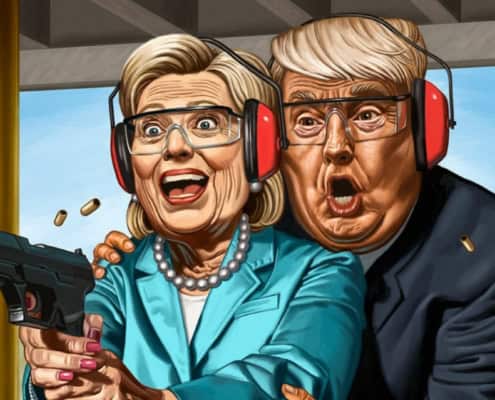
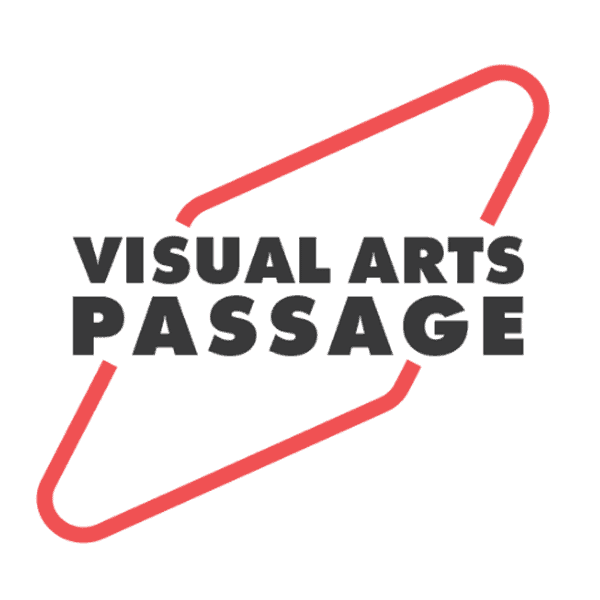
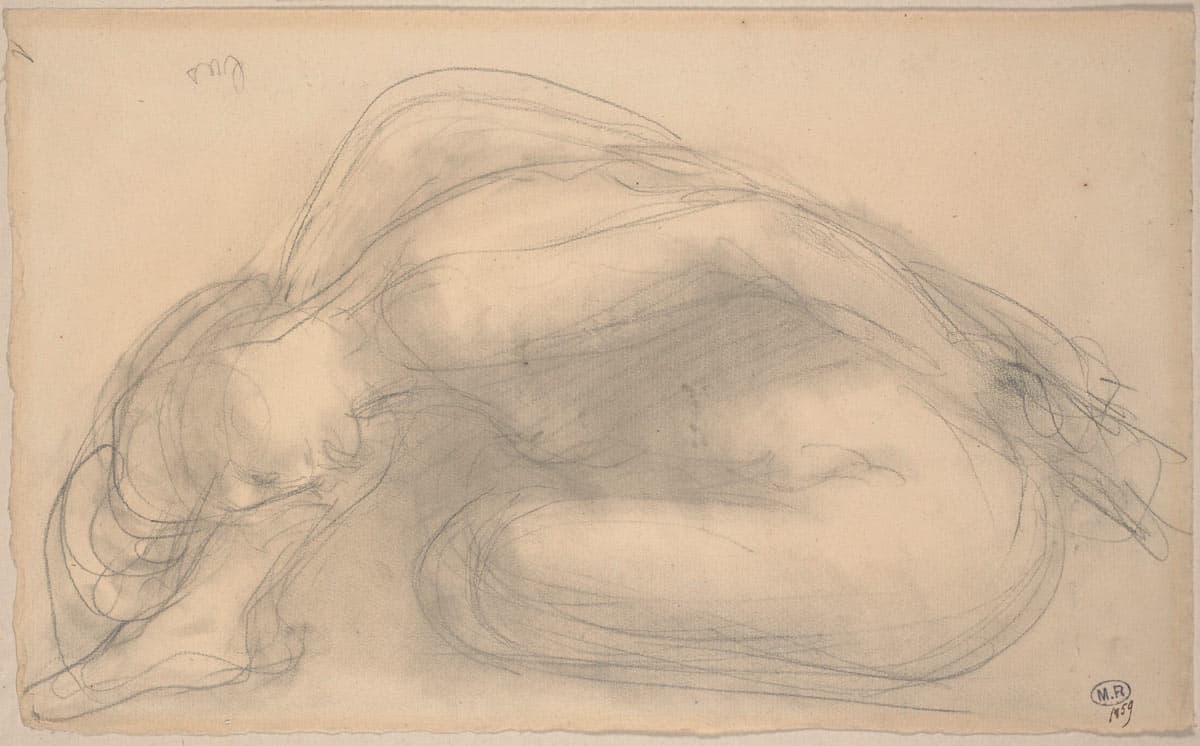
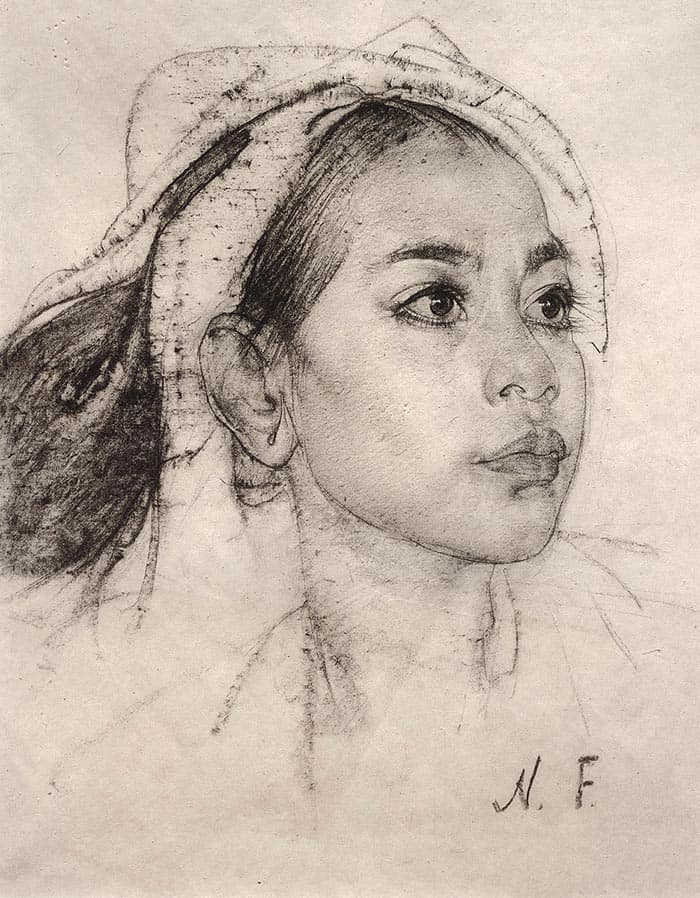
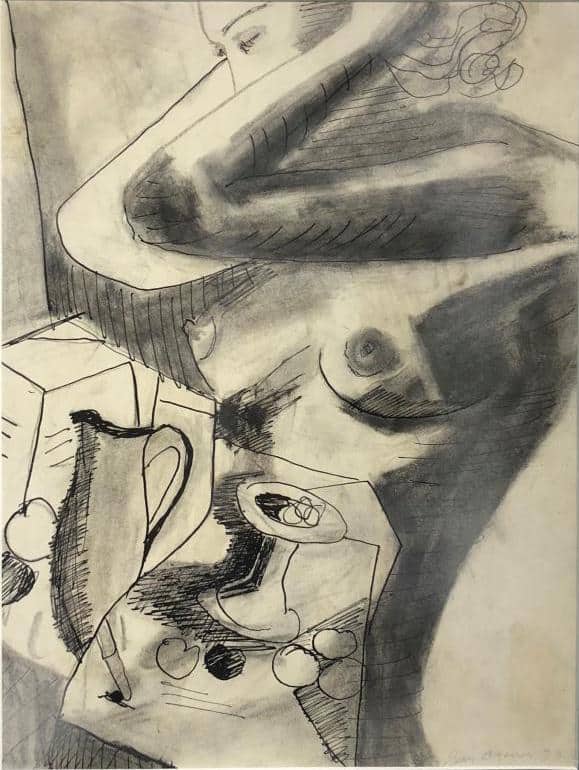
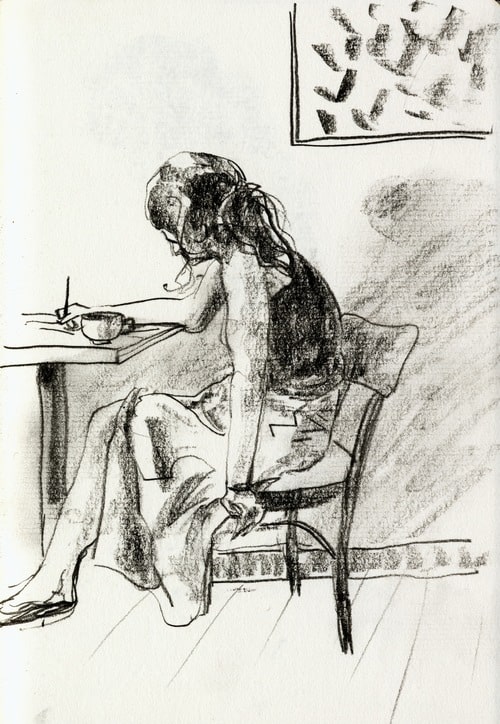
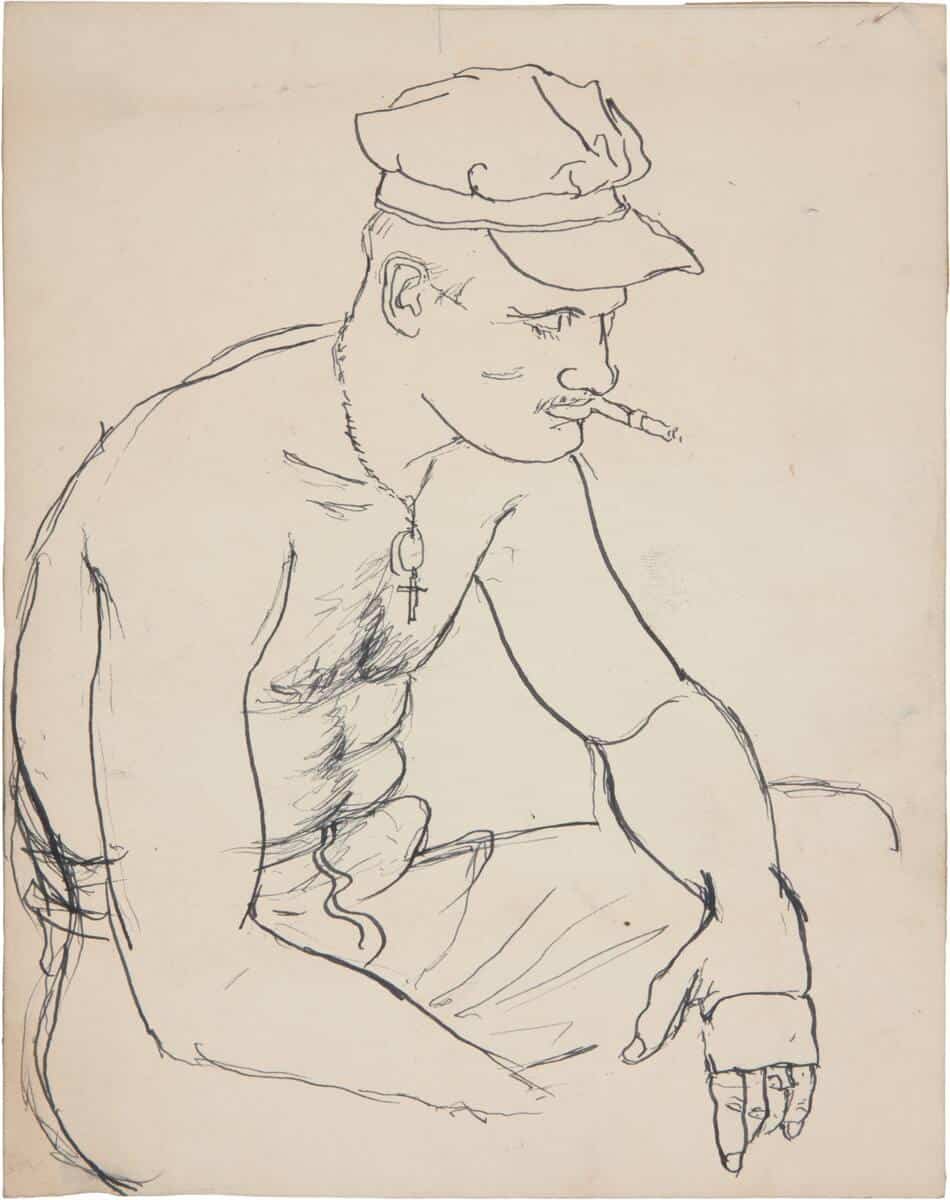
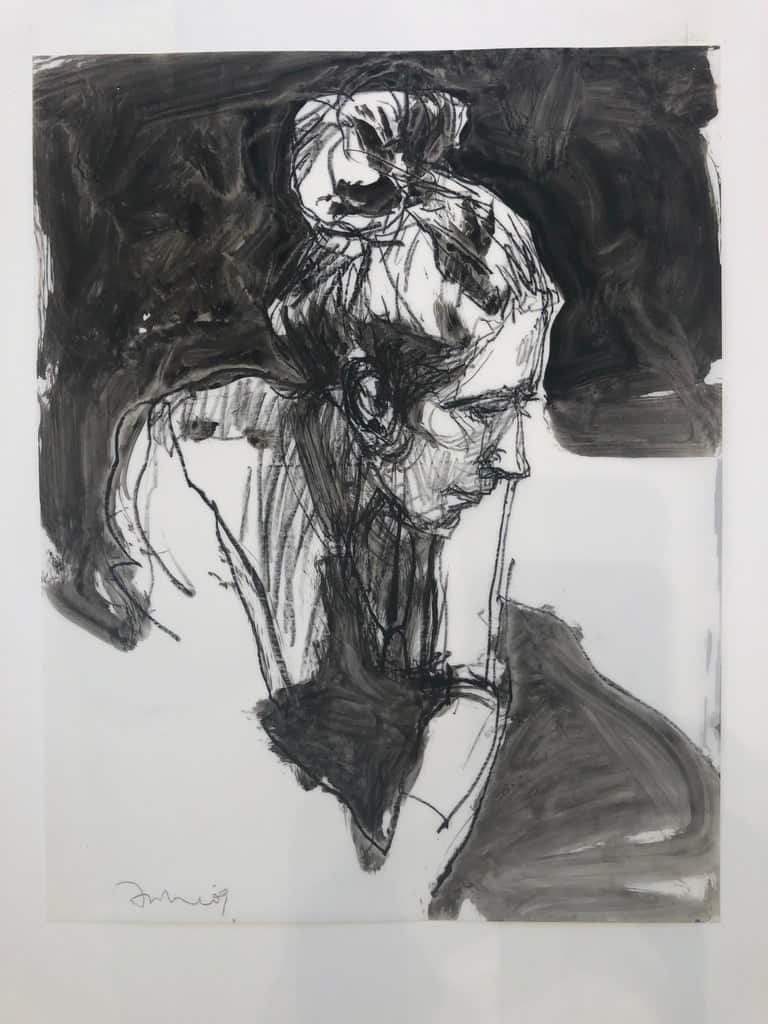
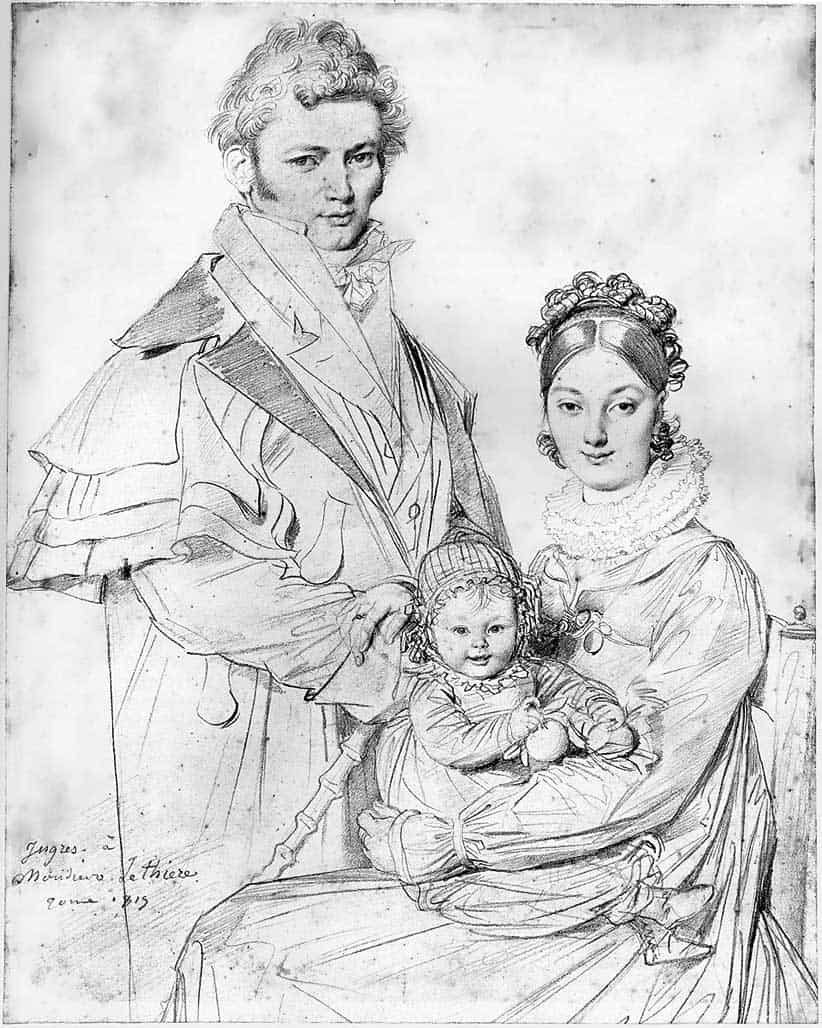
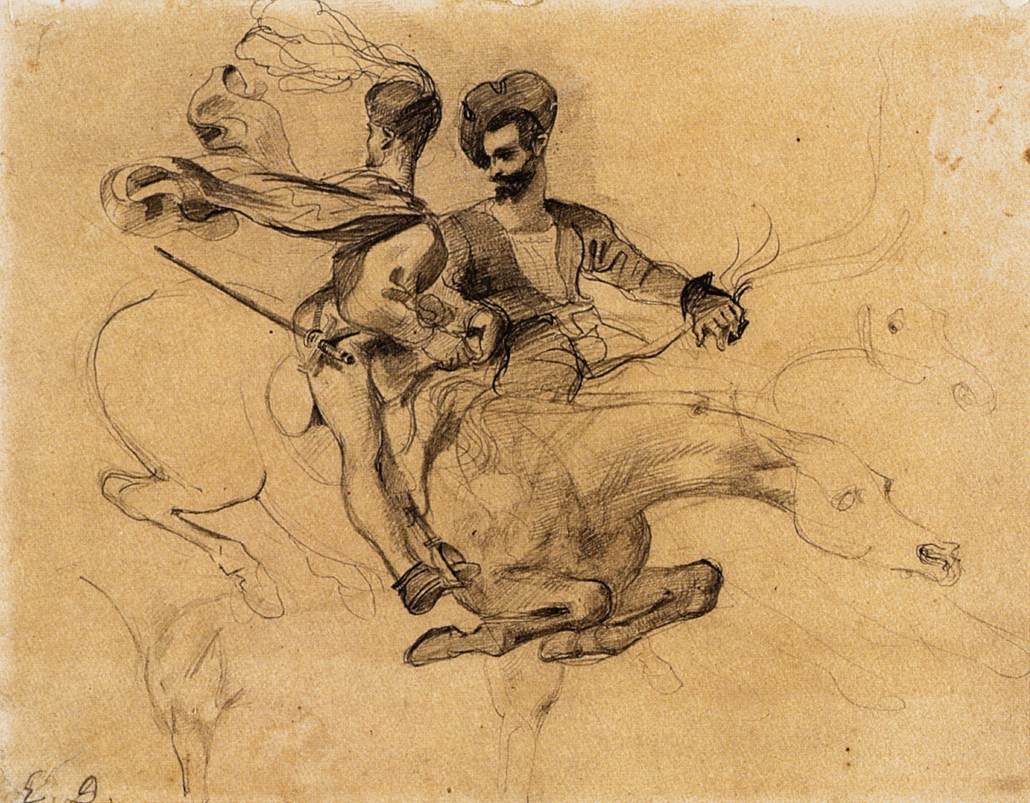
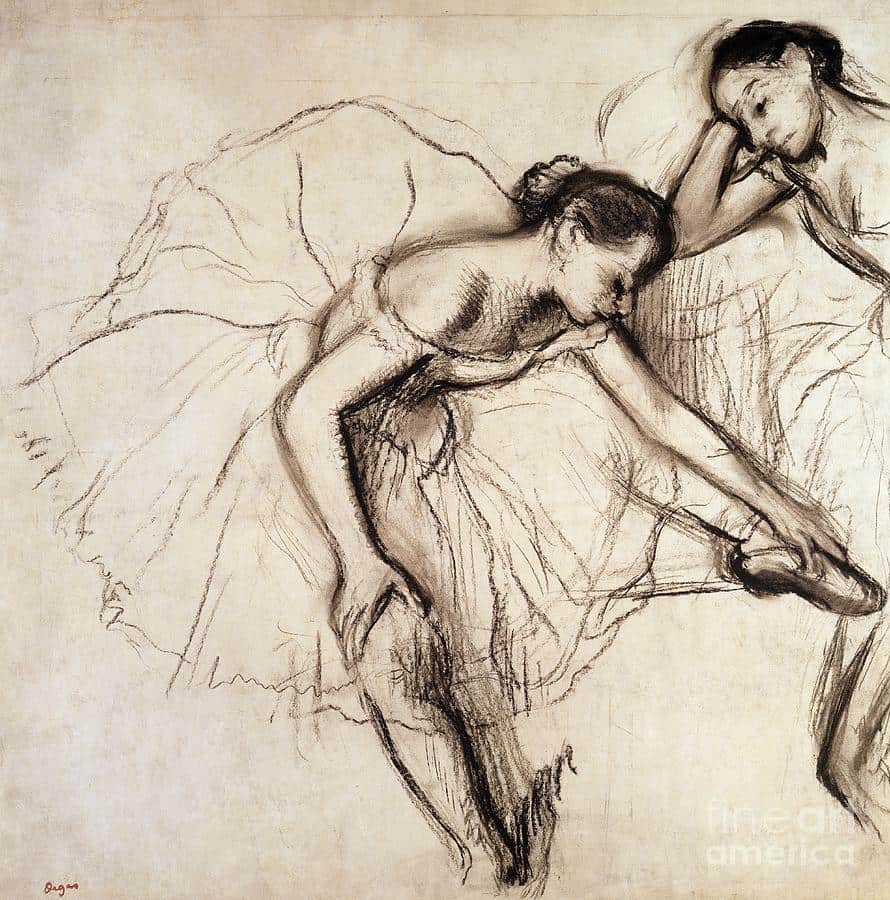
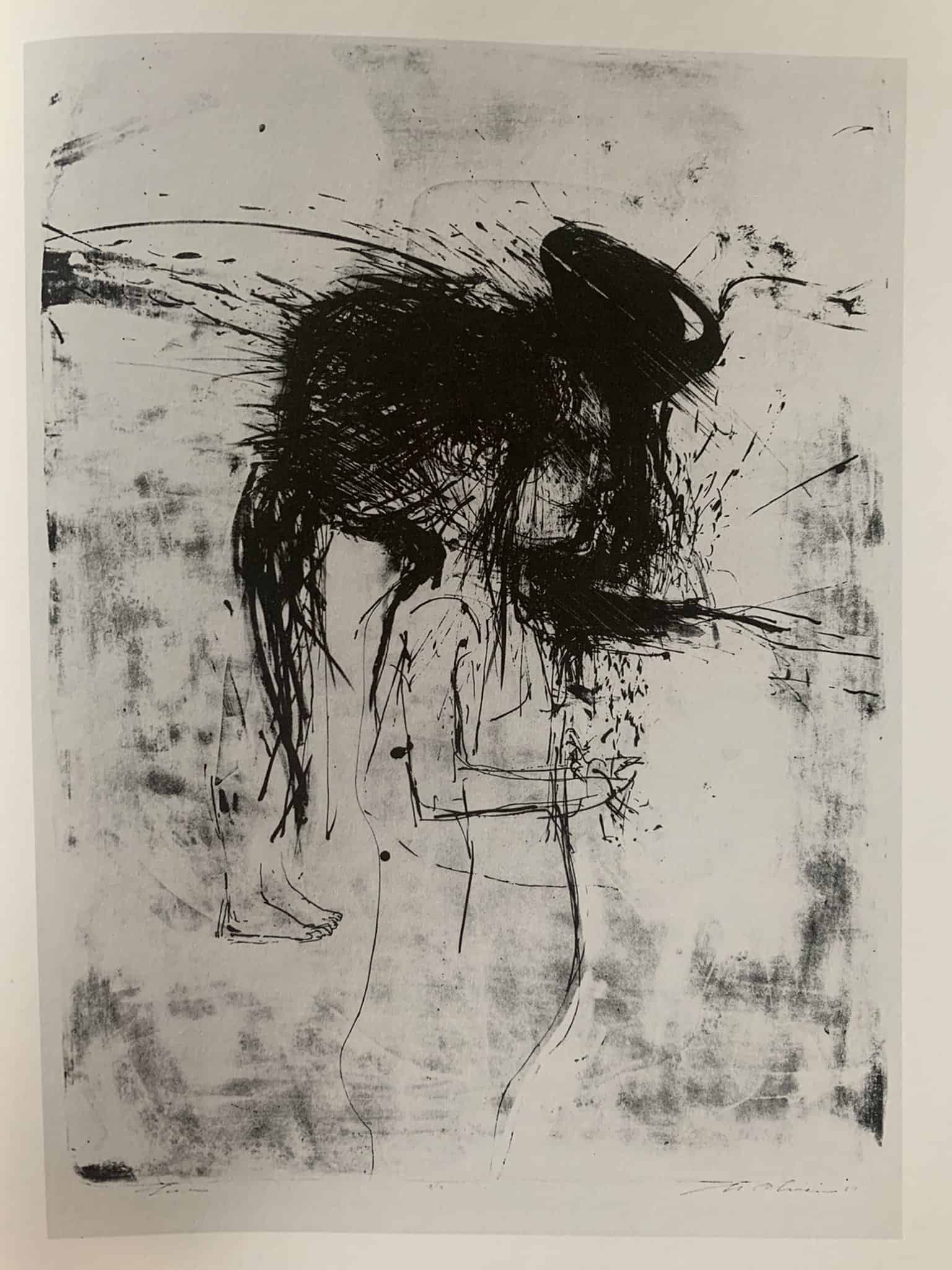
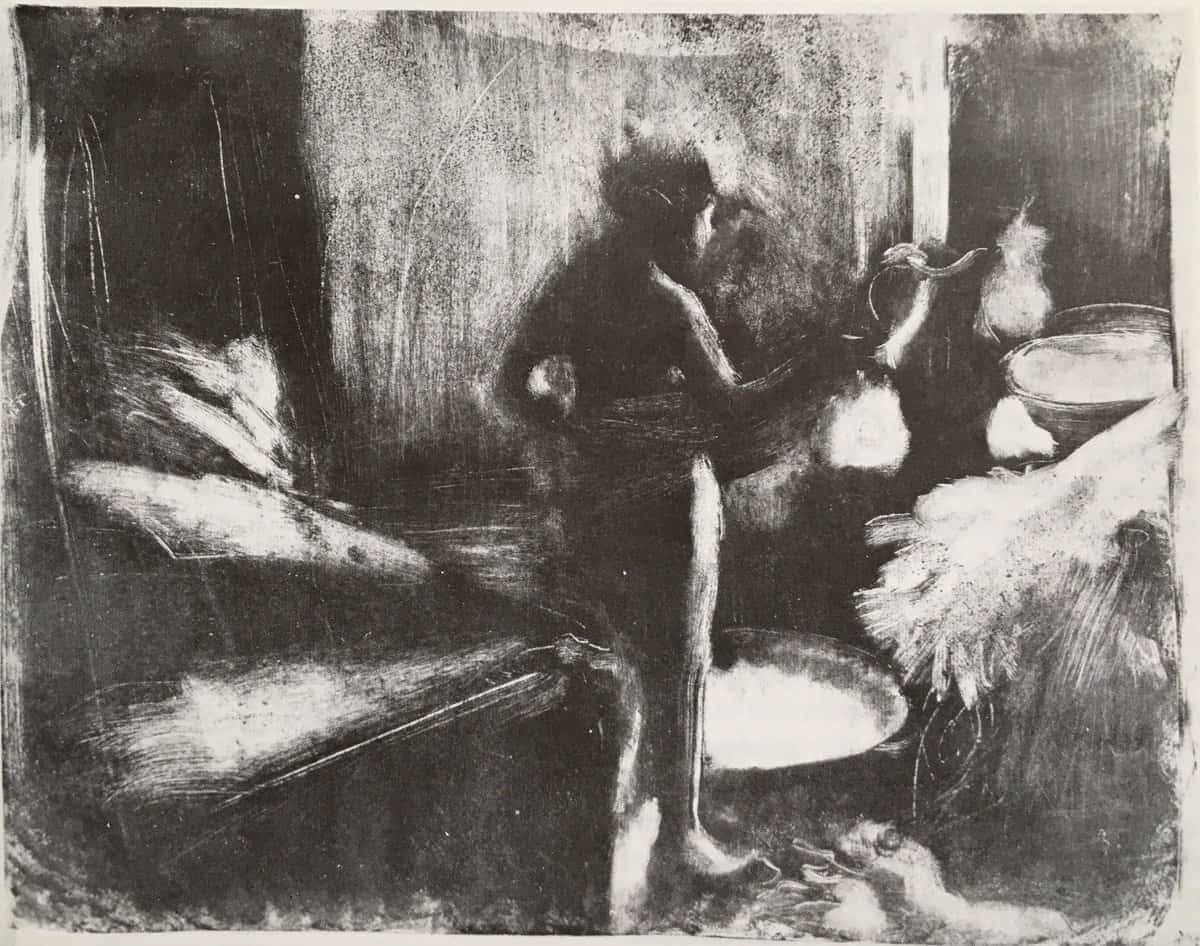
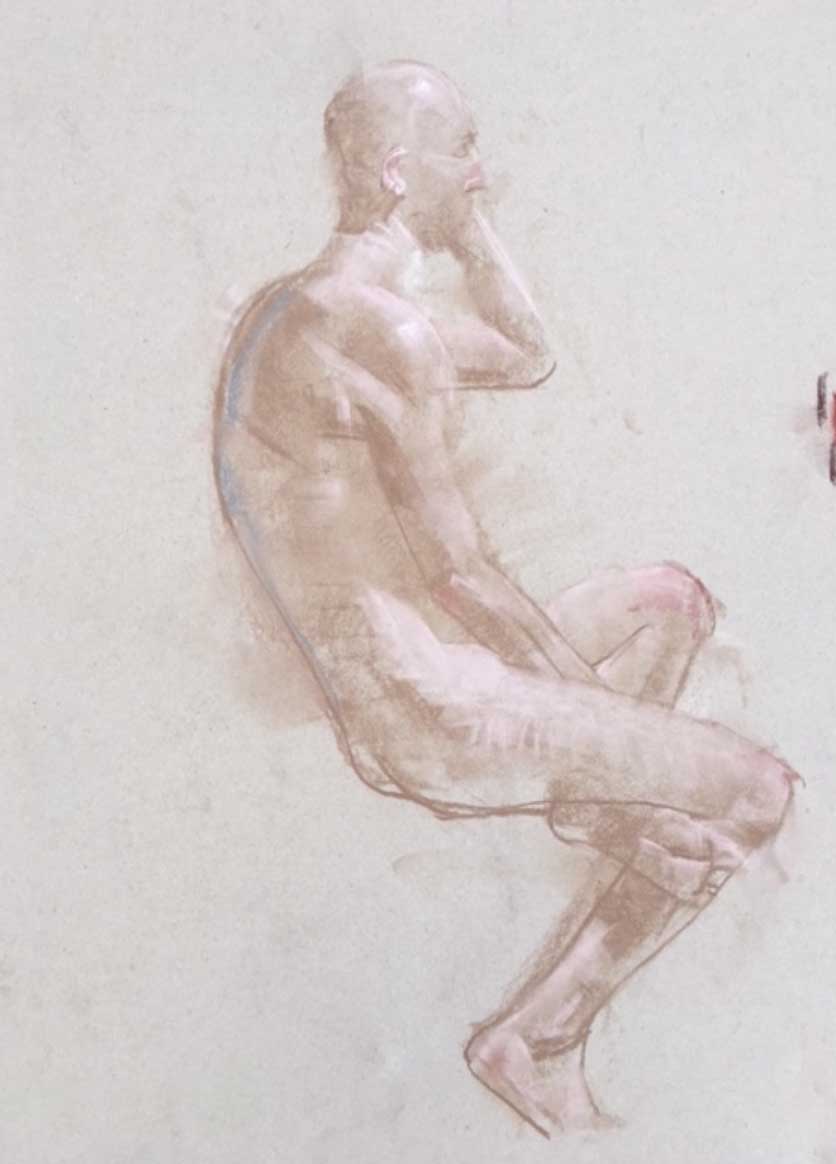
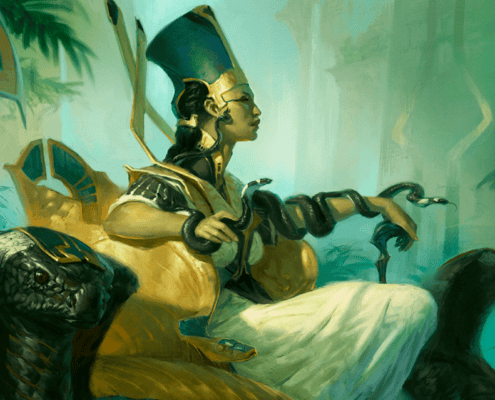
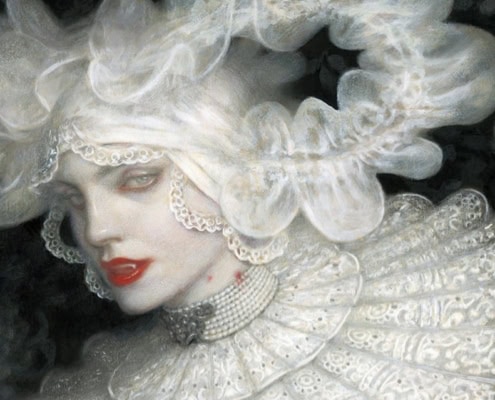
Leave a Reply
Want to join the discussion?Feel free to contribute!